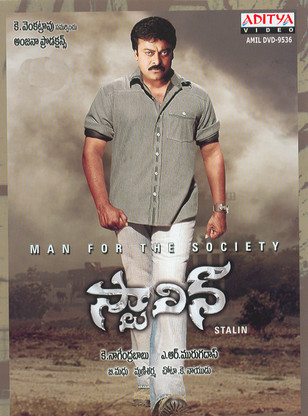
So when the Revolution kicked off in 1917, he threw his lot in behind Lenin. Although he was initially a moderate, believing in a gradual evolution towards socialism, he was clearly a pragmatist, willing to change his views when politically expedient. As a student, he began to associate with the Bolsheviks, gradually rising to a position of prominence. The young Stalin 1918Ĭredit: Photo by Sovfoto/Universal Images Group/REXīorn Ioseb Jughashvili in Georgia in 1879, Stalin was the son of a cobbler, but had a relatively privileged upbringing and education for someone of his class.

These are not just interesting in themselves – they provide much-needed breaks from what might otherwise be a rather dry account of the facts and figures of his time in power. The main chapters provide a linear history of the period, while between these are short interludes where Khlevniuk tells the story of the Stalin’s last hours as he lay dying, using this as a jumping off point to discuss various aspects of his life, such as his relationships with his family and the other men at the top of the regime, his reading habits, his health issues, how he organised and controlled the security services, etc. Khlevniuk has used an unconventional structure that I think works quite well. It certainly appears well researched and gives a coherent and convincing picture of the period. I give my usual disclaimer that I am not qualified to judge the historical accuracy of the book.

One bonus for historians is that, because Russia was somewhat backwards technologically, Stalin continued to communicate by letter rather than phone until well into the 1930s. Despite the huge amount of material, Khlevniuk makes the point that there is still much more not yet released by the Russian government. Khlevniuk claims that many previous biographies have given inaccurate portrayals of Stalin, either because of lack of information or because the biographers were apologists for the regime, or sometimes because they repeated inaccuracies from earlier sources that have passed into the historical mythology. In this new biography, Oleg V Khlevniuk sets out to sift through the massive quantity of documentation available to historians, including material newly released from the archives, with a view to understanding the dictator – his personality and motivations. In both eras, the loosening of censorship led to both an unsettling detachment from the narratives that seemed to have always structured Soviet life, alongside an exciting sense of the creative potential of the present and future.Josef Stalin’s 24-year reign as the supreme power in the USSR resulted in the deaths of millions of its citizens, either directly, as a result of repression, or indirectly, as a result of the famines created in large part by the policies his government pursued. Take a peek behind the Iron Curtain! Let’s go beyond the traditional Cold War views of the Soviet Union to explore a diversity of books, films, and music produced in response, first to the end of the repressive Stalinist era (Khrushchev’s “Thaw” in the 1960s), and then in the 1980s, to the collapse of the Soviet Union following Gorbachev’s glasnost’ and perestroika.


 0 kommentar(er)
0 kommentar(er)
